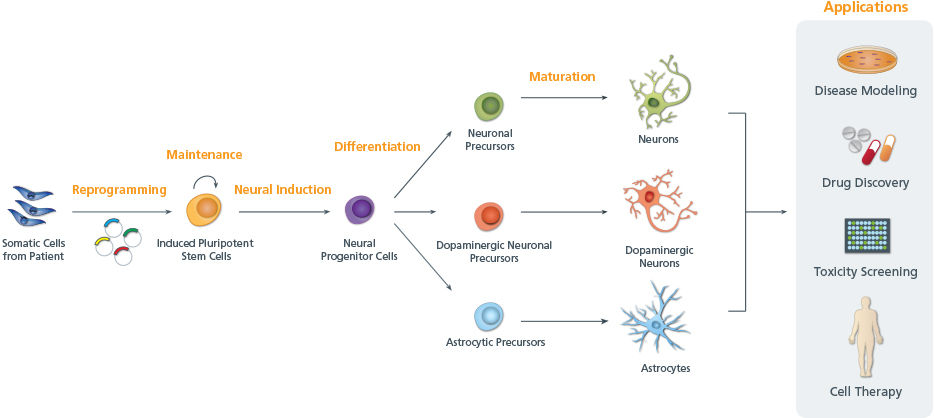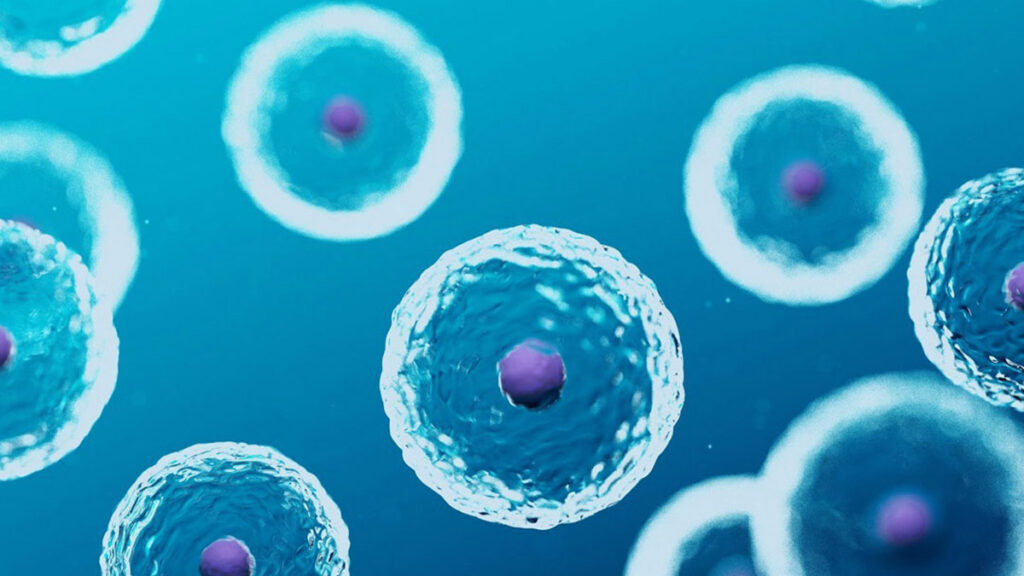

(3) Researchers continue to study possible causes for ALS. A common misconception is that only familial ALS is "genetic." Actually, both familial and sporadic ALS can stem from genetic causes, and some people who have a diagnosis of sporadic ALS may carry ALS-causing genetic mutations that can be passed on to offspring. The interaction of genetics and environment may hold clues as to why some individuals develop ALS.Īlthough the majority of ALS cases are sporadic, meaning there is no family history of the disease, about 10 percent of cases are familial, meaning the disease runs in the family. Investigators theorize that some individuals may be genetically predisposed to developing the disease but do so only after coming into contact with an environmental trigger. The causes of the vast majority of ALS cases are still unknown. ALS is a multifactorial disease and many pathogenetic mechanisms influence the onset and progression of the disease including failure of axonal transport, oxidative stress, mitochondrial dysfunction and glutamate-mediated excitotoxicity.(9) What causes ALS? Mutations in more than 25 different genes are known to occur in 68% of familial and about 10% of sporadic ALS. In most cases ALS is sporadic but a clear family history is present in approximately 10% of ALS patients. It targets motor neurons (MNs) in the primary motor cortex, brainstem, and spinal cord leading to muscle atrophy, paralysis and death due to respiratory failure within 2-5 years. (2)Īmyotrophic Lateral Sclerosis (ALS) is the most common neuromuscular disease worldwide for an incidence of 2-3 cases per 100,000 general population, and a prevalence around four to six per 100,000.

As this area degenerates, it leads to scarring or hardening ("sclerosis") in the region. "Lateral" identifies the areas in a person's spinal cord where portions of the nerve cells that signal and control the muscles are located. "Myo" refers to muscle, and "Trophic" means nourishment – "No muscle nourishment." When a muscle has no nourishment, it "atrophies" or wastes away. A-myo-trophic comes from the Greek language. It is characterized by both upper and lower motor neuron degeneration and has a median survival of 2–4 years.(1) ALS (amyotrophic lateral sclerosis) also known as Lou Gehrig’s Disease, is a progressive neurodegenerative disease that affects nerve cells in the brain and the spinal cord. It is our opinion that a multicenter international clinical program aime d at fine-tuning and coordinating transplantation procedures and protocols is mandatory.Īmyotrophic lateral sclerosis neuroinflammation neuroprotection stem cell.ALS is the most common adult-onset motor neuron disease. Moreover, the cost-benefit analysis of the results must take into account the quality of life of the patients as a major end point. Mesenchymal stem cells and neural fetal stem cells have emerged as safe and potentially effective cell types, but there is a need to carry out appropriately designed experimental studies to verify their long-term safety and possibly efficacy.
#STEM CELL TREATMENT FOR ALS HOW TO#
SC therapy is a potentially promising new treatment for ALS and the need to better understand how to develop cell-based experimental treatments, and how to implement them in clinical trials, becomes more pressing. Moreover, we address many open questions in clinical translation. We discuss in detail the therapeutic potential of different types of stem cells in preclinical and clinical works.

With the advancement of stem cell technologies there is hope for stem cell therapeutics as novel treatments for ALS.

Despite knowledge on the molecular basis of amyotrophic lateral sclerosis (ALS) having quickly progressed over the last few years, such discoveries have not yet translated into new therapeutics.


 0 kommentar(er)
0 kommentar(er)
